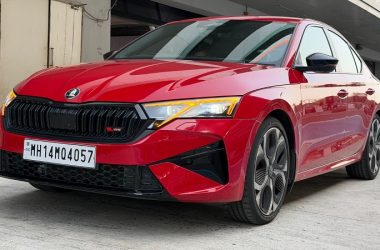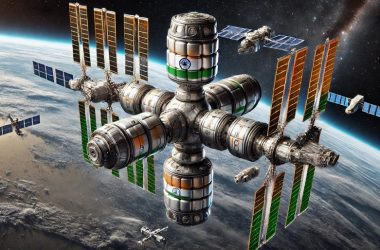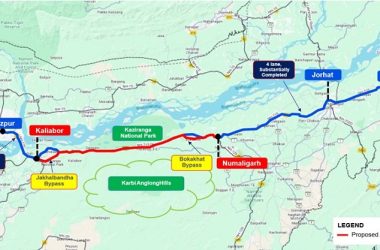New Delhi, July 26, 2024 – In a significant move towards greener public transportation, the Indian government has launched an ambitious National Electric Bus Programme. Spearheaded by the policy think-tank NITI Aayog, the initiative aims to revolutionize urban transit across the country with an extensive deployment of electric buses. As per the directive issued on May 13, 2022, Convergence Energy Services Limited (CESL) has been entrusted with the pivotal role of program manager for aggregating the demand for 50,000 electric buses.
The nationwide rollout of these e-buses marks a monumental step in India’s ongoing efforts to reduce carbon emissions and promote sustainable urban mobility. The state-wise details of the electric bus allocations as of July 19, 2024, have been meticulously documented and are available in the official annexure.
Despite the overall progress, it has been revealed that Tamil Nadu State Transport Corporation has not received any financial assistance for the procurement of electric buses in the past five years. This information came to light during a session in the Lok Sabha today, as Union Minister for Road Transport and Highways, Nitin Gadkari, addressed a written query regarding the state-wise distribution of funds and resources for the National Electric Bus Programme.
The absence of financial aid to Tamil Nadu has raised questions and concerns among environmental advocates and local authorities, urging a reevaluation of fund distribution strategies to ensure a more equitable rollout of the program.
The National Electric Bus Programme is part of a broader strategy to enhance India’s public transport infrastructure while aligning with global environmental standards. By integrating electric buses into the public transit systems, the government aims to significantly cut down on urban air pollution and offer citizens a cleaner, more efficient mode of transportation.
The successful implementation of this program will not only reduce the nation’s carbon footprint but also set a precedent for other developing countries striving for sustainable urban development. The involvement of CESL as the program manager underscores the importance of expert guidance in achieving such an ambitious target. Their role encompasses demand aggregation, procurement, and deployment, ensuring a streamlined and effective implementation across all states.
As the nation gears up for this transformative journey, all eyes will be on the unfolding developments and the tangible impact of this program on India’s urban landscape. The National Electric Bus Programme stands as a testament to India’s commitment to fostering a greener future and paving the way for sustainable innovations in public transportation.
| State Name | No. of Electric Buses as on 19.07.2024 | |
| Pure Electric Buses | Strong Hybrid Electric Buses | |
| Andaman & Nicobar Islands | 40 | – |
| Andhra Pradesh | 131 | 17 |
| Assam | 215 | – |
| Bihar | 27 | 3 |
| Chandigarh | 81 | – |
| Chhattisgarh | 4 | 29 |
| Delhi | 2011 | – |
| Goa | 124 | – |
| Gujarat | 894 | 1 |
| Haryana | 28 | 3 |
| Himachal Pradesh | 123 | – |
| Jammu and Kashmir | 244 | – |
| Jharkhand | 7 | 8 |
| Karnataka | 1195 | 84 |
| Kerala | 191 | – |
| Ladakh | 19 | – |
| Madhya Pradesh | 115 | 6 |
| Maharashtra | 2111 | 3 |
| Manipur | 1 | – |
| Mizoram | 1 | – |
| Odisha | 161 | 13 |
| Puducherry | 22 | – |
| Punjab | 17 | – |
| Rajasthan | 24 | – |
| Tamil Nadu | 153 | – |
| UT of DNH and DD | 25 | – |
| Uttarakhand | 35 | 1 |
| Uttar Pradesh | 758 | 3 |
| West Bengal | 181 | 34 |
In the above mentioned data the class of vehicles includes Buses, Omni Buses and Educational Institution Buses.
The details given are for digitized vehicle records as per centralized Vahan 4. Data for Telangana and Lakshadweep has not been provided as they are not in centralized Vahan 4.








